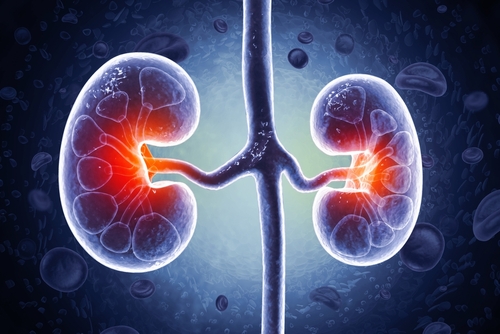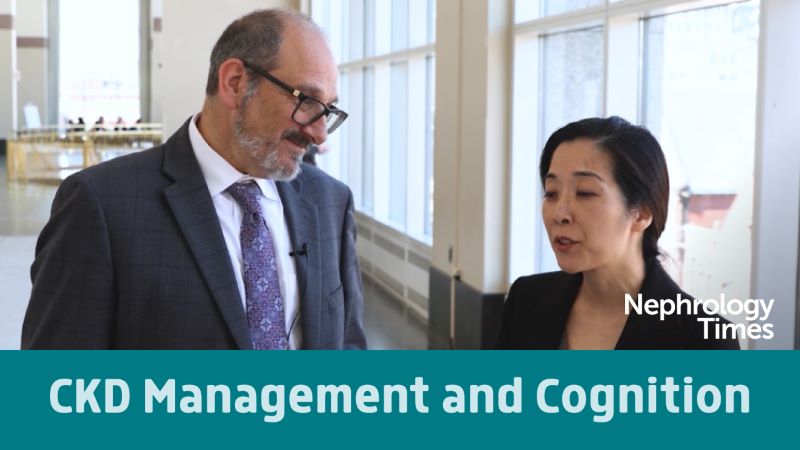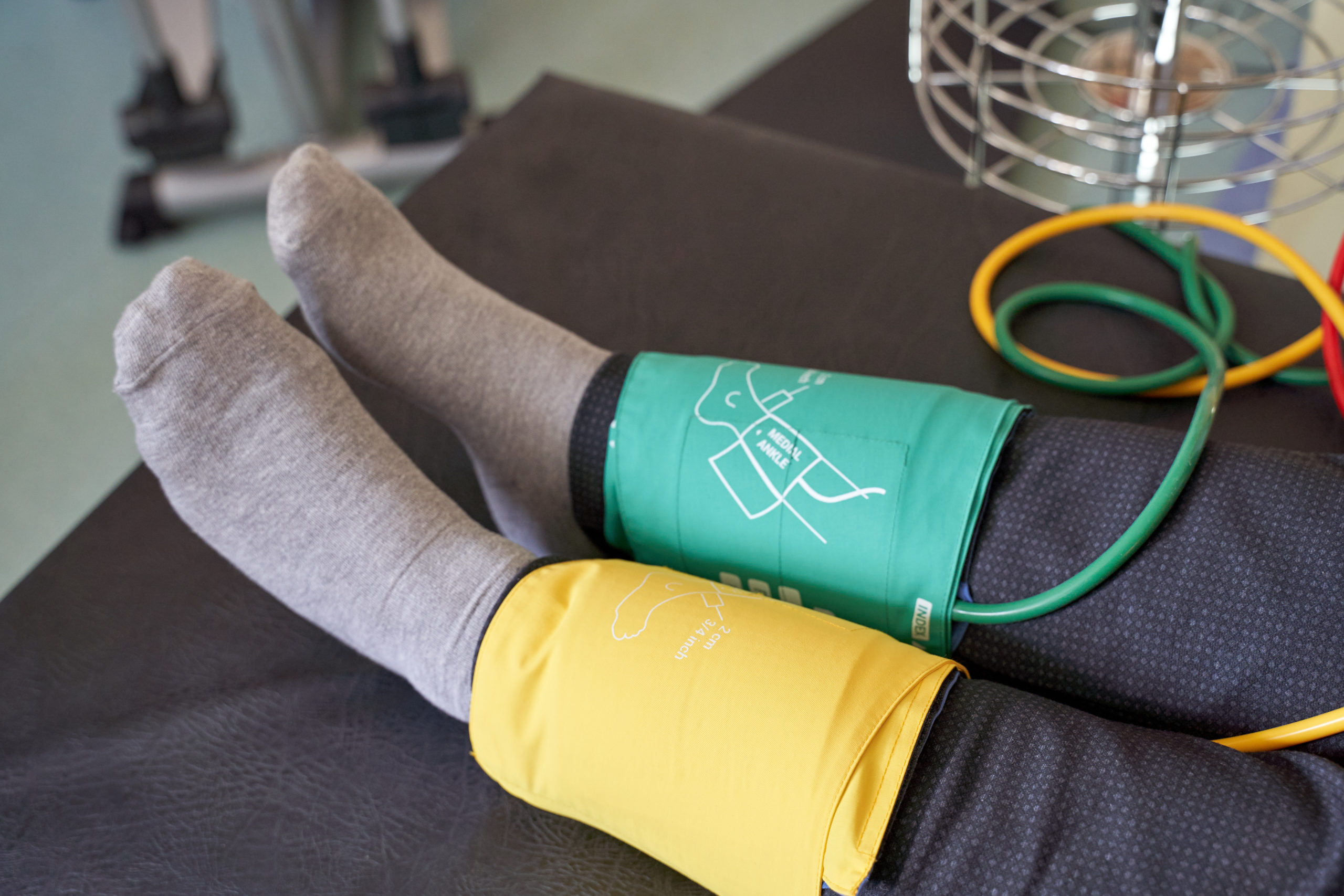
Researchers at Children’s Hospital of Philadelphia (CHOP) and the Perelman School of Medicine at the University of Pennsylvania (Penn) have unveiled the most extensive single-cell atlas of the human kidney, allowing for improved chronic kidney disease (CKD) prognosis compared with traditional histopathology. The findings appeared in Nature Genetics.
“Human kidneys are intricate three-dimensional structures in the body, but until this research, the spatial and molecular principles of kidney health and disease were not well understood,” said Katalin Susztak, MD, PhD, senior author of the study, professor of medicine at Penn, and co-leader of the Penn-CHOP Kidney Innovation Center. “We now have a powerful tool for prognosis, outperforming traditional histopathological analysis, especially in early-stage kidney disease.”
The researchers analyzed more than 700,000 cells from 81 kidney samples in patients aged 24 to 90 years. They used machine learning to develop the high-resolution atlas, allowing them to integrate multiomics data, map cellular and spatial information, identify tissue microenvironments, and develop predictive models for kidney disease progression.
The team identified 44 main and 114 distinct cell subtypes or states in both healthy kidneys and those affected by CKD. They also identified four distinct spatial microenvironments based on gene expression: glomerular, immune, tubule, and fibrotic. Fibrosis is common in all forms of progressive CKD, and prior studies have focused on its predictive ability in severe cases. The new study uncovered a gene signature in the fibrotic microenvironment, FME-GS, which can classify kidney samples and predict future kidney function decline, holding promise for prognosis in earlier stages.
Next, the researchers plan to further define the fibrotic microenvironment, validate its predictive power in additional cohorts, and learn more about the underlying mechanisms. They want to explore therapeutic targets within the fibrotic microenvironment, potentially paving the way for new treatments to stop or reverse kidney fibrosis.







 © 2025 Mashup Media, LLC, a Formedics Property. All Rights Reserved.
© 2025 Mashup Media, LLC, a Formedics Property. All Rights Reserved.